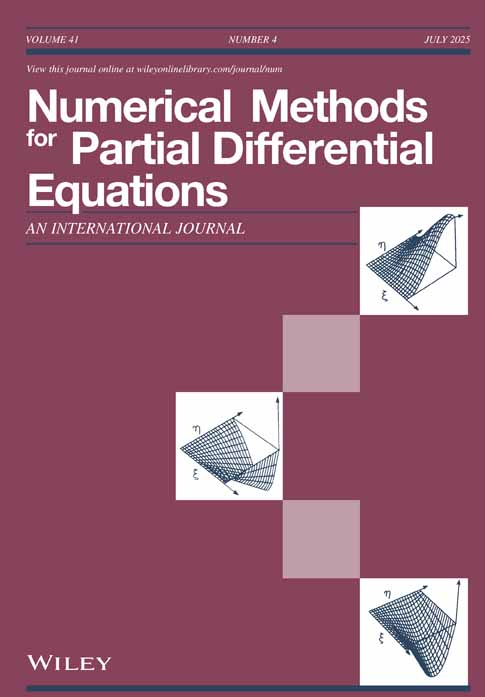Energy Stable and Norm Convergent BDF3 Scheme for the Swift-Hohenberg Equation
ABSTRACT
A fully discrete implicit scheme is proposed for the Swift-Hohenberg model, combining the third-order backward differentiation formula (BDF3) for the time discretization and the second-order finite difference scheme for the space discretization. Applying the Brouwer fixed-point theorem and the positive definiteness of the convolution coefficients of BDF3, the presented numerical algorithm is proved to be uniquely solvable and unconditionally energy stable. Further, the numerical solution is shown to be bounded in the maximum norm. The proposed scheme is rigorously proven to be convergent in the norm by the discrete orthogonal convolution kernel, which transforms the four-level form into the three-level gradient form for the approximation of the temporal derivative. Consequently, the error estimate for the numerical solution is established by utilization of the discrete Grönwall inequality. Numerical examples in 2D and 3D cases are provided to support the theoretical results.
Open Research
Data Availability Statement
The data that support the findings of this study are available on request from the corresponding author. The data are not publicly available due to privacy or ethical restrictions.




